
Euphorbia magnifica Photo by: K.k. Agrawal
Origin and Habitat: Tanzania (Mpwapwa, Galoe valley)
Altitude: 825-1005
Habitat and ecology: Monadenium magnificumSN|22931]]SN|22931]] (Euphorbia magnificaSN|22930]]SN|22930]]) grows on red soils in dry deciduous woodland with Acacia and in Commiphora bushland in lightly shaded conditions at the foot of the hills. The few known populations are very limited with no more than 40-50 individuals at each locality.
Synonyms:
Common Names include:
JAPANESE (日本語): マグニフィクム
Description: Long cultivated under the synonym Monadenium magnificumSN|22931]]SN|22931]], Euphorbia magnificaSN|22930]]SN|22930]] is a sparsely branched shrub up to 1,5-2(-3,5) m tall with cactus-like features that generally don't come into growth until the summer.
Stems: It has a succulent caudiciform tuber less than 10 cm wide, with 1 to several grey-green branches 4 to 5 angled, spreading or weakly erect, pale-green to 4 cm thick at the base and 1-2 cm thick above.
Leaves: Ephemeral, large, oval, dark-glossy green, nicely marked with paler veining, older leaves often tinged with reddish-purple and the main rib on the underside of the leaves is heavily spined. The leaves shed when the plant produces its small flowers.
Spines: Spines green-brownish to reddish-purple irregular or regular many-forked star-shaped more or less randomly scattered over the surface of the stem along the angle of the stem.
Flowers: Remarkably spectacular, born at apex of stem, small, dark-pink, enveloped in scarlet bracts and borne on long, rich red, quadrangular stalk that bears fewer cartilaginous prickles.
Blooming season: Very late in the year November to April.
Bibliography: Major references and further lectures
1) A. R. Smith, Susan Carter “Flora of Tropical East Africa – Euphorbiaceae” volume 2 CRC Press, 01/giu/1988
2) Urs Eggli “Illustrated Handbook of Succulent Plants: Dicotyledons” Springer, 2002
3) AFPD. “African Flowering Plants Database - Base de Donnees des Plantes a Fleurs D'Afrique.” [http://www.sanbi.org] © 2012 Conservatoire et Jardin botaniques & South African National Biodiversity Institute
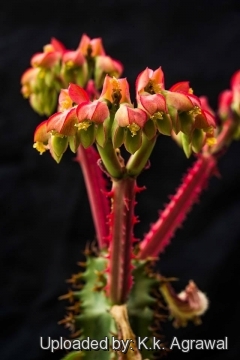 Euphorbia magnifica Photo by: K.k. Agrawal
Euphorbia magnifica Photo by: K.k. Agrawal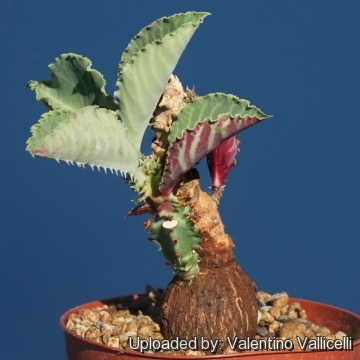 Euphorbia magnifica Photo by: Valentino Vallicelli
Euphorbia magnifica Photo by: Valentino Vallicelli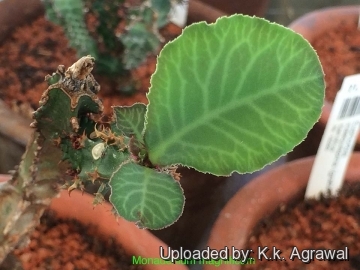 Euphorbia magnifica Photo by: K.k. Agrawal
Euphorbia magnifica Photo by: K.k. Agrawal Euphorbia magnifica Photo by: Valentino Vallicelli
Euphorbia magnifica Photo by: Valentino Vallicelli Euphorbia magnifica Photo by: Valentino Vallicelli
Euphorbia magnifica Photo by: Valentino Vallicelli Euphorbia magnifica Photo by: K.k. Agrawal
Euphorbia magnifica Photo by: K.k. Agrawal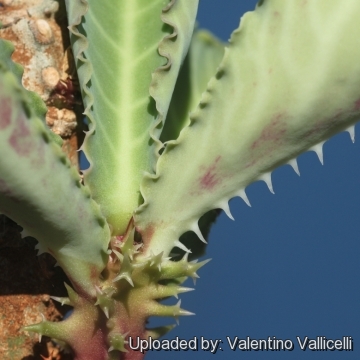 Euphorbia magnifica Photo by: Valentino Vallicelli
Euphorbia magnifica Photo by: Valentino Vallicelli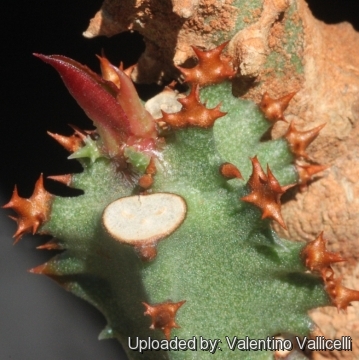 Euphorbia magnifica Photo by: Valentino Vallicelli
Euphorbia magnifica Photo by: Valentino VallicelliCultivation and Propagation: They must be grown very hard in the nursery as close to the natural conditions as possible. This ensures that they keep their compact habit.
Reproduction: Seeds/Cuttings
Your Photos
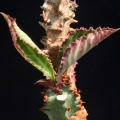
by Valentino Vallicelli




















